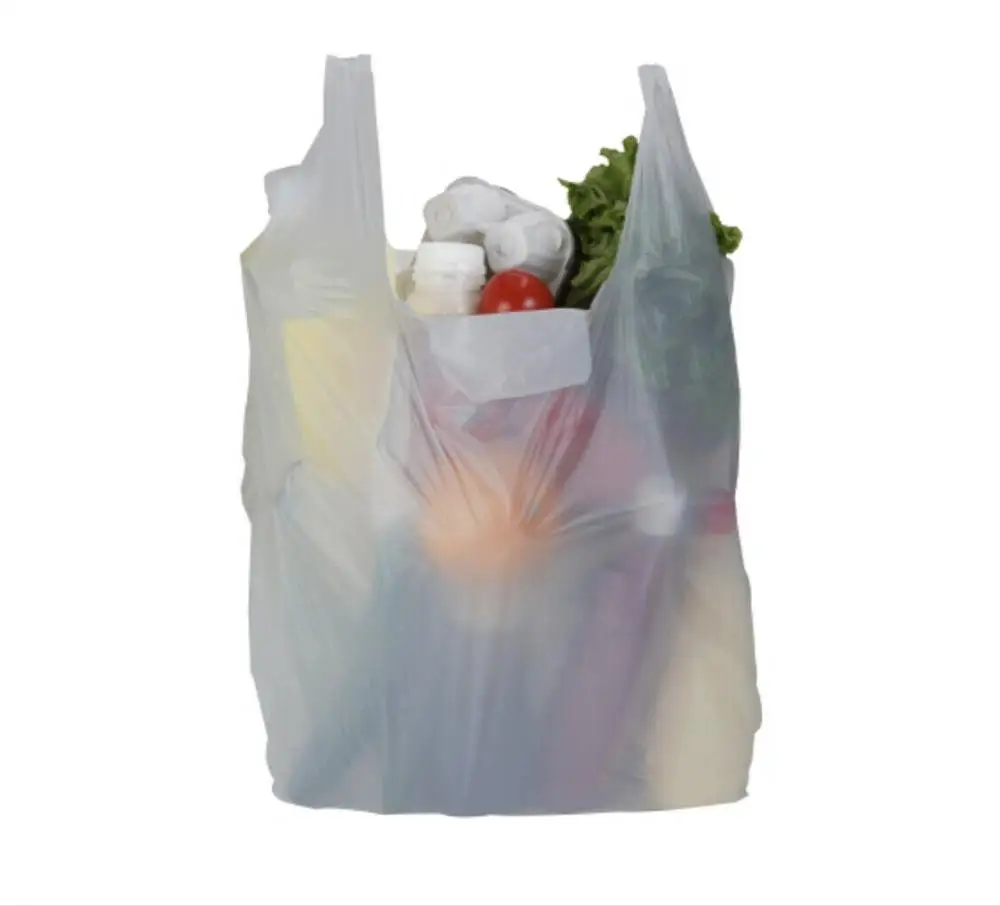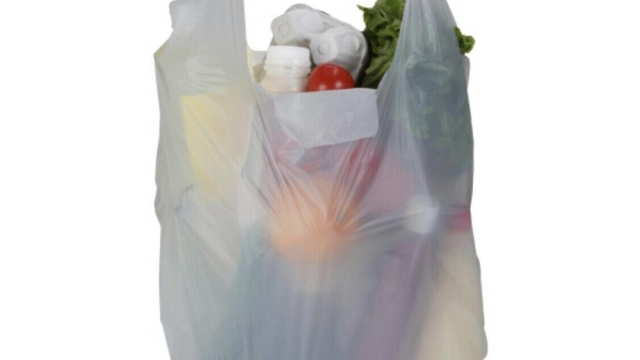
In recent decades, plastic shopping bags have become a ubiquitous part of our retail experience, offering unparalleled convenience for consumers around the globe. These lightweight, disposable carriers are often taken for granted, providing a quick and easy way to transport groceries and other purchases from store to home. However, as we increasingly rely on these products, the hidden costs of our comfort have come to light, sparking a complex debate about their environmental impact and long-term sustainability.
The very qualities that make plastic shopping bags appealing—such as their durability and water resistance—also contribute to a growing crisis that threatens our oceans, wildlife, and ecosystems. What began as a simple solution to a modern need has transitioned into a significant environmental dilemma, prompting communities and governments to reconsider their use. As we examine the journey from convenience to crisis, it is crucial to understand both the historical context of plastic shopping bags and the larger implications of their widespread use.
The Rise of Plastic Shopping Bags
The introduction of plastic shopping bags revolutionized the retail industry in the mid-20th century. Initially designed for convenience, these bags quickly gained popularity due to their lightweight nature, water resistance, and durability. Retailers embraced them as a cost-effective solution for packaging goods, allowing consumers to transport purchases easily without the risk of tearing. As plastic shopping bags became ubiquitous, they replaced paper bags and other alternatives, marking a significant shift in consumer habits.
With the rapid expansion of supermarkets and convenience stores, the use of plastic shopping bags soared. By the 1980s, they had become a standard feature in grocery shopping experiences around the world. Their design and production benefited from advances in polymer technology, which allowed manufacturers to create bags that were not only inexpensive but also highly functional. Savvy marketing campaigns further entrenched these bags in everyday life, making them a symbol of modern consumer culture.
However, the convenience of plastic shopping bags came at a hidden cost. As their prevalence increased, so did concerns about their environmental impact. Over time, research revealed that these bags take hundreds of years to decompose, leading to widespread pollution. As awareness grew about the harmful effects of plastic waste on ecosystems and wildlife, the initial excitement surrounding plastic shopping bags began to shift, laying the groundwork for the current dilemma we face today.
Environmental Impact
The widespread use of plastic shopping bags has led to significant environmental challenges. These bags are typically made from polyethylene, a material that can take hundreds of years to decompose. As a result, they often end up in landfills, where they contribute to growing waste problems. Every year, millions of tons of plastic bags are discarded, leading to soil and water contamination and posing a threat to wildlife that may ingest or become entangled in them.
In addition to the physical waste generated, the production of plastic shopping bags is resource-intensive. It requires large amounts of fossil fuels, both for the extraction of raw materials and for energy consumption during manufacturing. This process not only depletes natural resources but also emits greenhouse gases, contributing to climate change. The environmental footprint extends beyond the production phase, as plastic bags that are not properly disposed of can find their way into oceans, causing harm to aquatic ecosystems and marine life.
The impact of plastic shopping bags is further exacerbated by the challenge of recycling. Although some recycling programs exist, many plastic bags are not accepted due to their lightweight and durable nature, which can interfere with recycling machinery. As a result, a significant portion of these bags is not recycled, adding to the pollution problem. This has prompted calls for more sustainable alternatives and stronger regulations on plastic bag use, underscoring the urgent need to address this environmental crisis.
https://www.armopak.com
Alternatives and Solutions
One of the most accessible alternatives to plastic shopping bags is the reusable tote bag. These bags are typically made from durable materials such as cotton, jute, or recycled plastics, offering a sustainable option for consumers. Many retailers and brands have started to promote reusable bags by providing incentives, such as discounts for customers who bring their own bags. This practice not only reduces waste but encourages a more environmentally conscious shopping habit.
Another solution gaining traction is the use of biodegradable and compostable bags. These alternatives break down more quickly than traditional plastic bags, reducing their impact on landfills and the environment. Many companies have begun producing bags made from plant-based materials that can decompose under the right conditions. While still not a perfect solution, they offer a more environmentally friendly choice for consumers who may not be ready to switch to reusable options.
Governments and local authorities play a crucial role in addressing the plastic shopping bag dilemma. Implementing bans or taxes on single-use plastic bags can significantly reduce their usage, encouraging consumers to adopt more sustainable practices. Education campaigns can further raise awareness about the environmental impact of plastic bags and promote a culture of recycling and responsible consumption. By fostering collaboration between businesses, communities, and policymakers, a collective effort can lead to effective solutions in the fight against plastic waste.


